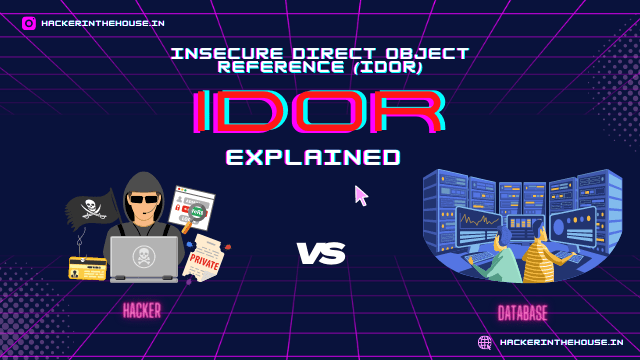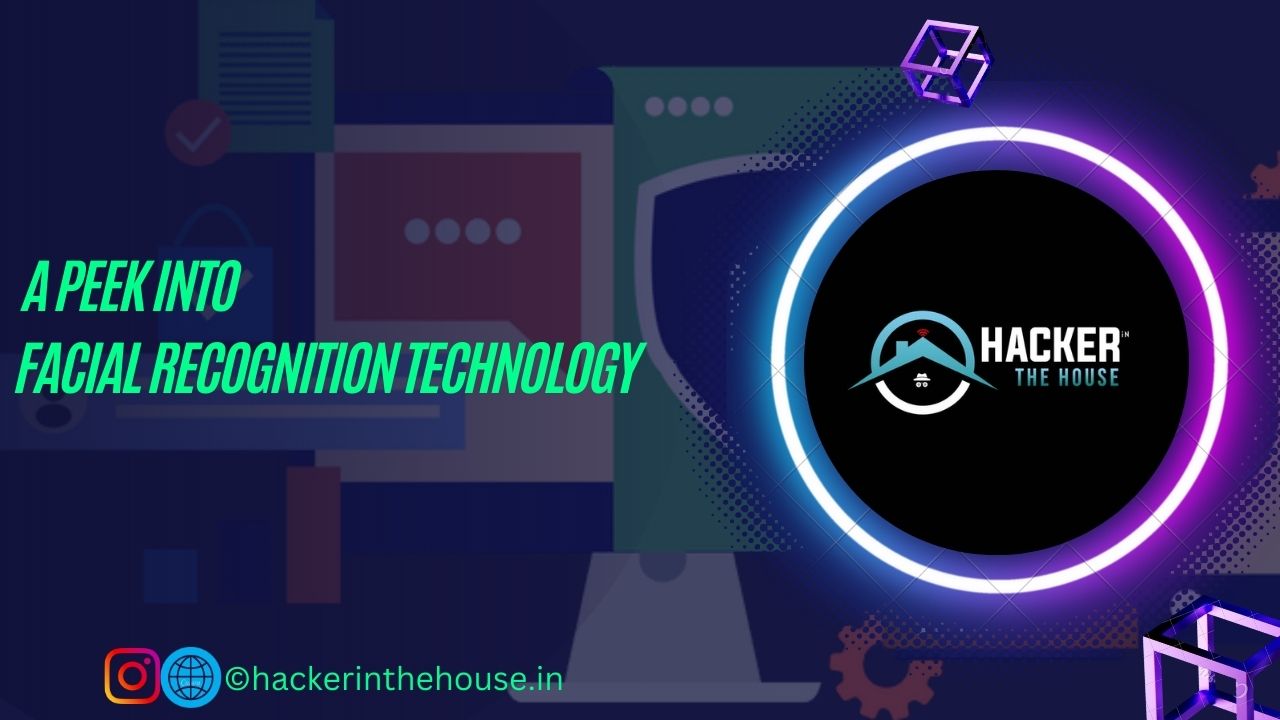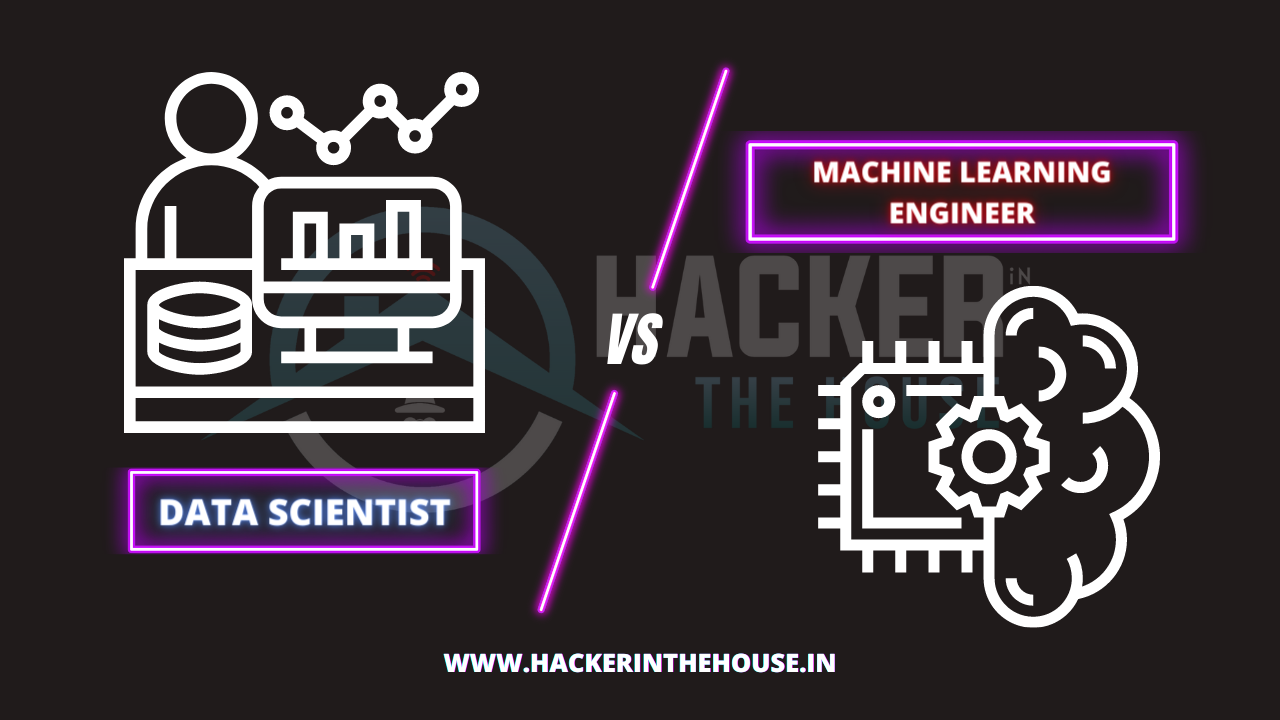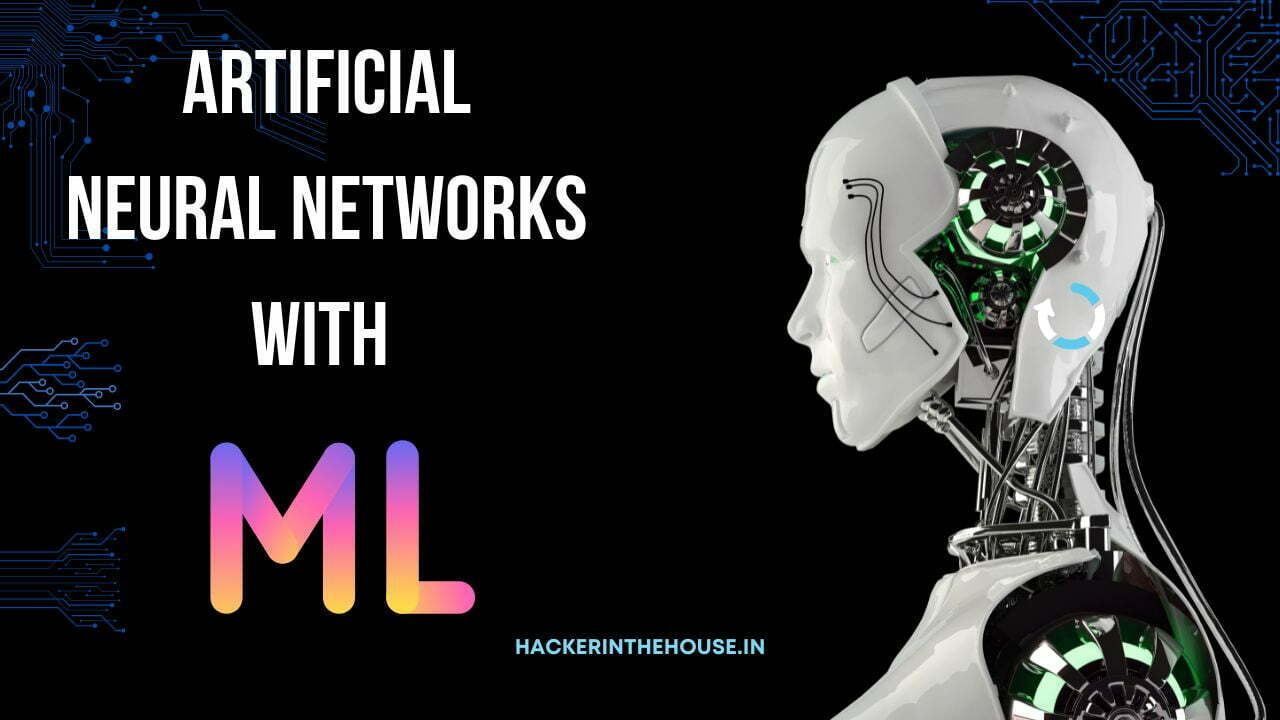We are now going to take a little peek into the topic of facial recognition a rapidly advancing technology that has the capacity to change the way we engage with machines and each other.
Facial reputation technology uses state of the art algorithms and devices to gain knowledge to identify individuals based on their unique facial features. From unlocking your mobile phones to catching criminals, the applications of this tech are enormous and diverse.
FACIAL RECOGNITION BASICS:
Facial reputation technology makes use of algorithms to research and get to know the unique capabilities of a person’s face. These functions can consist of the space between the eyes, the form of the nose, and the contours of the jawline. By evaluating those functions with the help of a database of recognized faces it functions.
Facial popularity generation is used for a whole lot of functions, which include security, regulation enforcement, and marketing. For instance, it may be used to discover capacity threats at airports or to track down suspects in criminal investigations. It can also be utilized by stores to customize advertisements and improve purchaser reports.
FACIAL RECOGNITION ALGORITHMS:
Facial reputation algorithms are complicated mathematical functions that examine and compare facial functions to identify individuals. These algorithms use loads of techniques, such as pattern popularity, system mastering, and artificial intelligence, to apprehend faces with a high diploma of accuracy.
One key issue that facial popularity algorithms take into account is the precise geometry of every man or woman’s face. This includes the gap between the eyes, the shape of the nose and mouth, and the contours of the cheekbones and jawline. Other factors that can be taken into consideration consist of skin tone, facial hair, and accessories along with glasses or hats or masks.
FACIAL RECOGNITION APPLICATION:
The facial recognition era has an extensive variety of packages, from safety to healthcare. In the security headquarter, it is mostly used for surveillance and identity functions, which include figuring out suspects in crook investigations or monitoring public spaces for protection from threats. In advertising, it may be used to analyze customer conduct and possibilities, allowing corporations to develop their advertising techniques to specific demographics. In healthcare, it can help change affected person care by allowing faster and extra accurate diagnoses.
While the facial recognition era has many advantages, it also increases concerns about privacy and potential misuse. For instance, a few worry that it will be used for mass surveillance or discriminatory practices, especially if it isn’t always nicely regulated. Additionally, there are concerns about the accuracy of the generation, mainly in terms of figuring out individuals from positive racial or ethnic businesses. As with any new generation, it’s far critical to carefully recall both the blessings and capacity drawbacks before imposing it on a huge scale.
ETHICAL AND PRIVACY CONCERNS:
Facial recognition technology has been a topic of discussion in latest years due to its potential effect on privacy and civil laws. While the era has many positives to it, along with enhancing security and preventing fraud, it also increases great moral concerns.
One primary difficulty is the capacity for bias in facial reputation algorithms. Studies have proven that those algorithms may be inaccurate or biased against certain corporations, consisting of people of color or ladies. This can result in fake identifications and wrongful arrests or accusations. Additionally, the usage of facial reputation era for surveillance functions increases questions about government overreach and the right to privacy.
On the other hand, supporters of facial recognition generation argue that it can enhance public protection and save you from crime. For instance, it can be used to discover suspects in crook investigations or to reveal high-chance areas for ability threats. They also argue that the right regulation and oversight can deal with most of the ethical concerns surrounding the era.
Ultimately, the use of facial recognition needs to be carefully taken into consideration and controlled to make sure that it does no longer violate on man or women’s rights or preserve systemic biases.
We can conclude that facial reputation technology can modify numerous industries, from security to healthcare and beyond. However, it is vital to keep in mind the moral and privacy concerns that come with this era, together with bias and surveillance. As a society, we ought to assume significantly how we need to apply this era and make certain that it is used responsibly and ethically.
Furthermore, it’s more vital to continue learning and developing facial reputation algorithms to improve accuracy and decrease biases.











Leave a Reply